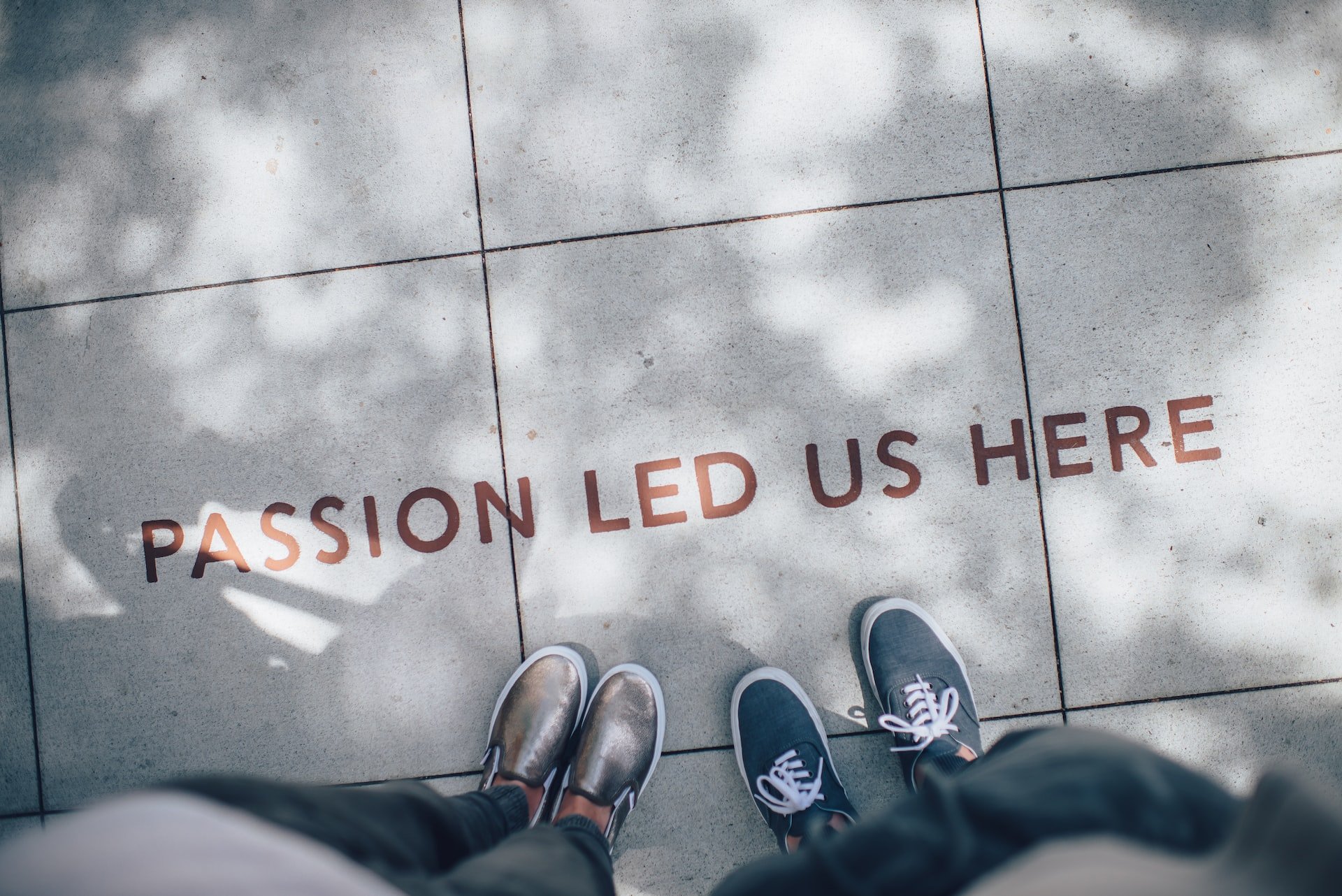
Health and Wellbeing
Cultivating Occupational Therapy Students' Research Competencies Through Innovation Developmental Interventions
PROJECT LEAD: DR MICHELE VERDONCK
SDG3: Good health and wellbeing; SDG8: Decent work and economic growth; SDG10: Reduced inequality
Three Honours students under 25 were supported to communicate their research project findings to a wider audience, beyond the university, such as end-users. These projects focus on picky eating, assistance dogs and electronic measurement of function. The Honours students were supported in sharing their findings with industry professionals, and their academic community addressing concerns related to healthy eating and safer, inclusive communities.
Beyond supporting these three youth researchers, this Occupation Therapy (OT) project also aimed to stimulate the research interests and cultivate a research culture among OT final year students by co-designing research projects to create innovations based on real world research with external community groups, using project-based learning. Student teams within the OT course could choose projects ranging from connecting people with disabilities socially to intergenerational activities for older adults.
Students participating in the OT projects were asked to complete surveys and 11 students were interviewed. The students interviewed identified interplay between project-based learning, research, and innovation. The results indicate positive impacts on students, including increased understanding and application of research and innovation, emotional responses, changes in attitude, flexible thinking, improved understanding of research, and technical skills. Additionally, notable outcomes include job readiness, insights that they can contribute to their profession, and increased confidence and skills in research and innovation.
More than 13 innovations were developed from OT projects to external stakeholders for implementation as appropriate and shared publicly (see next point). The students who created these innovations handed these over to stakeholders to use based on their own needs and resourcing available.
The 13 innovation projects included:
Intergenerational program plans for young adults/students (18-25) and older people at a risk of delirium in Sunshine Coast hospital (these are for online based activities).
Proposal for an Intergenerational program for young adult occupational therapy students to meet older people in aged care facilities and create podcasts. This includes a website of related resources - https://engage-intergenerational.weebly.com/
Surf Lifesaving open water sports program package created– to enable people with disabilities to participate in open water sports
Grant Narrative proposal for funding for Surf Lifesaving open water sports program package
NDIS within Hospital services – orientation package
Sponsorship proposal, “Reverse Inclusion Social Program” for Suncoast Spinners Wheelchair Basketball club
Draft grant application, Child’s Play Charity, for funding for a gaming technologist to be work on a paediatric ward of a hospital once a week
Developed Adaptive gaming website www.accessiblegaming.weebly.com (information to support people with disabilities to play Xbox games using switches as an assistive technology
Checklist to assess Children’s Inclusion in Sporting Clubs – self-administered by clubs
Accessibility Manual for sports clubs to improve inclusion for children with disabilities
Draft “Sport-on” website designed for children’s inclusion in sports clubs
Guiding Collaborative Planning for Adolescents with School Refusal: A Pilot Screening Tool
E-modules for supporting clinicians to supply pressure cushions in the community
Sex Positive Occupational Therapy Practices – draft website of resources
Online Campground accessibility checklist for people with mobility impairment
The project has resulted in a repository of project artefacts housed on a website which can be used by students and stakeholders and the wider community https://otinnovationsunisc.weebly.com/ . This provides examples for future students as well as re-usable innovations for service users such as screening tools, videos, tip sheets, information sheets.
Three youth research team members and 52 student participants were part of this project, of which 30 were under 25 years of age.

